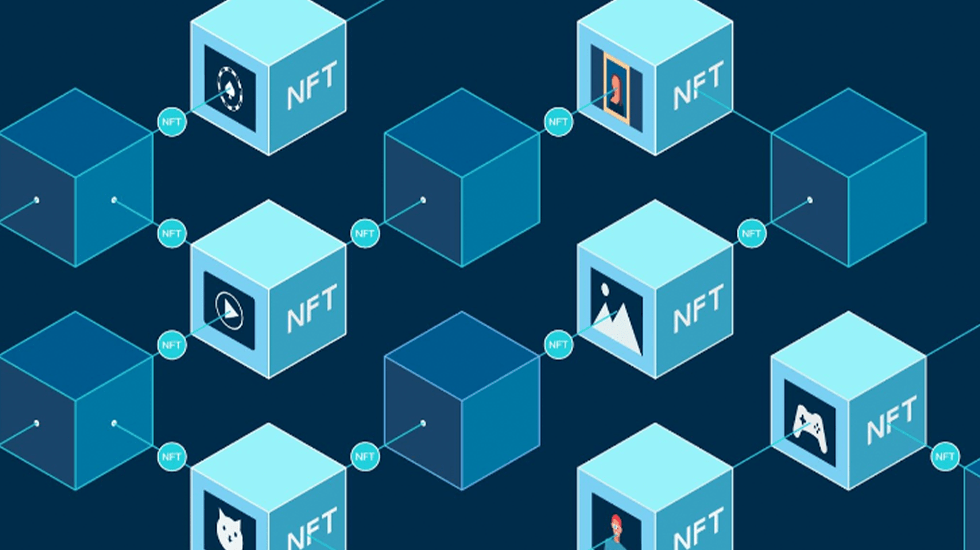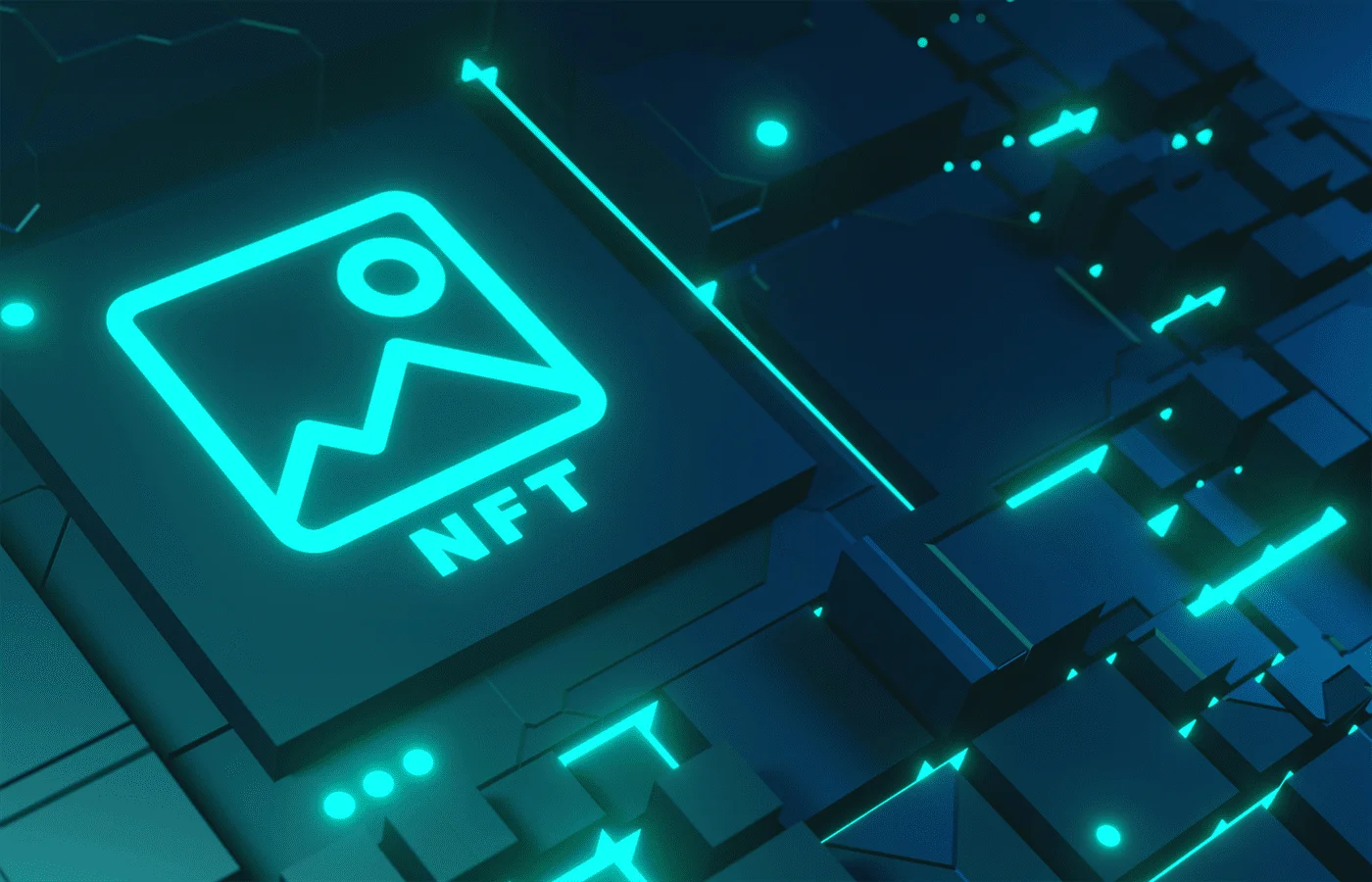In recent years, the digital landscape has witnessed a revolutionary shift with the emergence of Non-Fungible Tokens (NFTs). These unique digital assets have captured the attention of artists, collectors, and investors alike. But while owning an NFT can feel exhilarating—imagine having exclusive rights to a piece of art or a rare collectible—the excitement comes with its own set of challenges. Just like physical assets, NFTs are not immune to risks that can jeopardize their value and your investment.
As we delve deeper into this new frontier, one question looms large: how do you protect these prized possessions? Enter digital asset insurance—a growing necessity in today’s blockchain ecosystem. As NFTs become increasingly integrated into our lives and economies, securing them is no longer optional; it’s essential. Let’s explore what NFTs are all about and why safeguarding them with insurance could be a game changer for anyone involved in this burgeoning market.
What are NFTs?
Non-Fungible Tokens, or NFTs, are digital representations of ownership for unique items. Unlike cryptocurrencies such as Bitcoin or Ethereum, which are interchangeable, each NFT is distinct and cannot be exchanged on a one-to-one basis.
These tokens exist on a blockchain—most commonly on Ethereum—which ensures their authenticity and provenance. Artists can tokenize their work, enabling them to sell digital art pieces directly to collectors without intermediaries.
NFTs aren’t limited to artwork; they encompass a vast range of assets like music albums, virtual real estate, in-game items, and even tweets. This versatility opens new avenues for creators and investors alike.
By providing verifiable proof of ownership and scarcity in the digital realm, NFTs revolutionize how we perceive value in an increasingly virtual world. They empower individuals with control over their creations while fostering vibrant online communities built around shared interests.
The Rise of NFTs in the Digital World

NFTs, or non-fungible tokens, have taken the digital landscape by storm. These unique digital assets represent ownership of art, music, virtual real estate, and more. Unlike cryptocurrencies like Bitcoin, each NFT is one-of-a-kind.
The surge began in 2020 when celebrities and artists started creating buzz around their digital collectibles. Platforms like OpenSea and Rarible made it easier for users to buy and sell these assets. Suddenly, owning a piece of digital art was akin to holding a rare painting.
This rise has transformed how we perceive value in the online space. Collectors are now willing to invest significant sums in what were once mere pixels on a screen. The excitement surrounding NFTs has opened doors for creators and investors alike, reshaping traditional markets with innovative possibilities. Each transaction adds another layer to this evolving narrative within the blockchain realm.
Risks Associated with Owning NFTs
Owning NFTs comes with its own set of challenges. First and foremost, the market is notoriously volatile. Prices can skyrocket overnight or plummet just as quickly.
Another significant risk is digital theft. Hackers often target wallets holding valuable NFTs, leading to irreversible losses for unsuspecting owners.
Moreover, there’s a lack of regulation in the NFT space. This absence can result in fraudulent activities where buyers might end up purchasing counterfeit assets without realizing it.
Technological issues also pose a threat. Platforms may experience downtime or bugs that could temporarily lock users out of their assets.
Fluctuating trends play a crucial role in value retention. What’s trendy today may be forgotten tomorrow, leaving some collectors holding onto worthless tokens. Each of these factors adds layers of complexity to owning NFTs and highlights the importance of protecting these digital investments.
Why Insuring Your NFTs is Important
The world of NFTs is captivating, but it comes with its own set of challenges. Many owners overlook one crucial aspect: insurance.
Digital assets can be vulnerable to various risks, such as hacking or market volatility. A sudden drop in value could leave you at a significant loss.
Insurance acts as a safety net, protecting your investment from unforeseen circumstances. It provides peace of mind in an unpredictable environment where the digital landscape changes rapidly.
Moreover, having coverage enhances the credibility and desirability of your NFT portfolio. Art collectors and investors are more likely to engage when they see responsible ownership practices.
As the NFT space continues to grow, so does the need for effective risk management strategies. Insuring your digital assets is not just smart; it’s becoming essential in safeguarding your financial future within this innovative realm.
How Digital Asset Insurance Protects Against Loss or Damage

Digital asset insurance provides a safety net for NFT owners. It shields them from financial losses that can arise unexpectedly.
Imagine losing access to your digital wallet or facing a security breach. Such events can lead to substantial monetary damage. Insurance steps in, covering the value of lost or stolen NFTs.
Additionally, accidents happen. A sudden technical failure could corrupt your assets, causing irreversible harm. With the right coverage, you won’t have to bear these burdens alone.
This type of insurance often includes protection against fraudulent transactions as well. If someone misrepresents an asset’s authenticity and you fall victim, your policy can offer a remedy.
Having this coverage means peace of mind while navigating the vibrant world of NFTs. You can focus on collecting and trading without constantly worrying about potential pitfalls lurking around every corner.
Types of Coverage for NFTs
When considering NFT insurance, it’s essential to know the different types of coverage available. Each type caters to specific risks associated with digital assets.
First, there’s loss or theft coverage. This includes protection against hacks or unauthorized transfers that could lead to financial loss.
Next is damage protection. If your NFT is part of a digital artwork or interactive experience, this ensures you’re covered for damages that might affect its value.
Another key area is valuation disputes. Should the market fluctuate significantly, some policies offer assistance in resolving discrepancies regarding your asset’s worth at any given time.
Consider liability coverage. If an issue arises from ownership—like copyright claims—this can shield you from potential legal battles and their costs.
Understanding these options helps ensure you’re adequately protected in this evolving landscape of NFTs.
Choosing the Right Insurance Provider for Your NFTs
Selecting the right insurance provider for your NFTs can feel daunting. Not all companies understand the nuances of digital assets.
Start by researching providers who specialize in blockchain technology. Look for those with a solid track record and positive reviews from NFT owners.
Evaluate their policy offerings carefully. Coverage should include protection against theft, fraud, and loss due to technical failures.
You’ll also want to consider customer support. A responsive team can make a difference when you need assistance navigating claims or understanding policies.
Check if they offer customizable plans tailored to your unique collection. This flexibility ensures that your specific needs are met.
Don’t hesitate to ask questions about their experience with NFTs specifically. A knowledgeable provider will be more equipped to address potential risks and concerns associated with digital assets.
The Future of NFT Insurance and its Impact on the Blockchain Industry
The future of NFT insurance looks promising as the digital landscape continues to evolve. As more individuals and businesses invest in NFTs, the demand for protection will only increase. This shift could foster greater confidence among investors.
Insurance providers are likely to develop tailored policies that address specific risks associated with various types of digital assets. Such innovations can lead to a broader acceptance of NFTs across different sectors, from art galleries to virtual real estate.
Additionally, as regulations surrounding blockchain technology tighten, having comprehensive insurance can enhance credibility. This could make it easier for traditional financial institutions to engage with crypto assets.
Long-term growth in this sector may also encourage collaboration between insurers and blockchain developers. Together, they can create solutions that ensure both security and transparency within the ecosystem. The integration of insurance into NFTs is not just a trend; it’s a significant step towards mainstream adoption within the blockchain industry.
Conclusion
The digital landscape is evolving, and so are the ways we protect our assets within it. As NFTs continue to gain traction in various sectors, from art to gaming, the need for assurance against unforeseen risks becomes increasingly vital. Digital asset insurance offers a layer of security that can safeguard your investments.
Adopting this form of protection not only mitigates potential losses but also fosters confidence among collectors and creators alike. The emergence of specialized insurers demonstrates a growing recognition of NFTs as legitimate assets worthy of protection.
As the blockchain industry matures, NFT insurance will likely play an essential role in shaping how individuals interact with digital collectibles. By securing their investments today, NFT holders pave the way for a more robust future—where ownership is celebrated and protected on every level. Embracing these changes could lead us into an era where creativity thrives without fear of loss or damage.
Other Links:
Top 5 Mistakes Companies Make When Choosing Cyber Insurance
The Legal Requirements for Drone Insurance
Cyber Insurance vs. Cybersecurity: Why You Need Both for Complete Protection
Cyber Attacks on the Rise: How Cyber Insurance Can Safeguard Your Company
